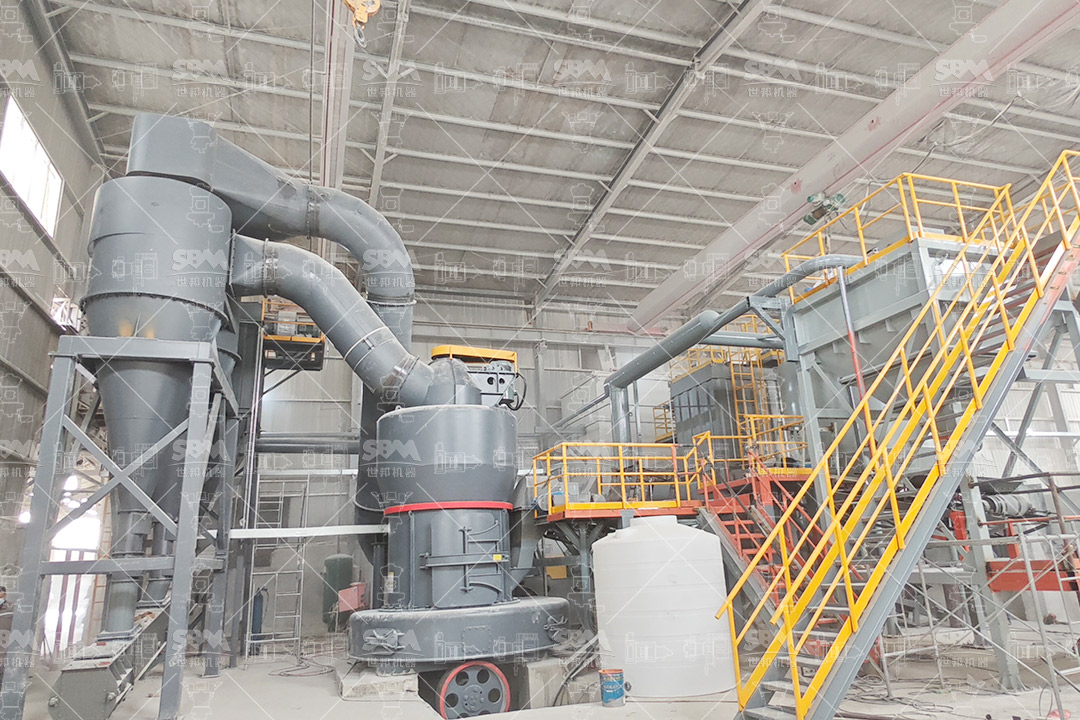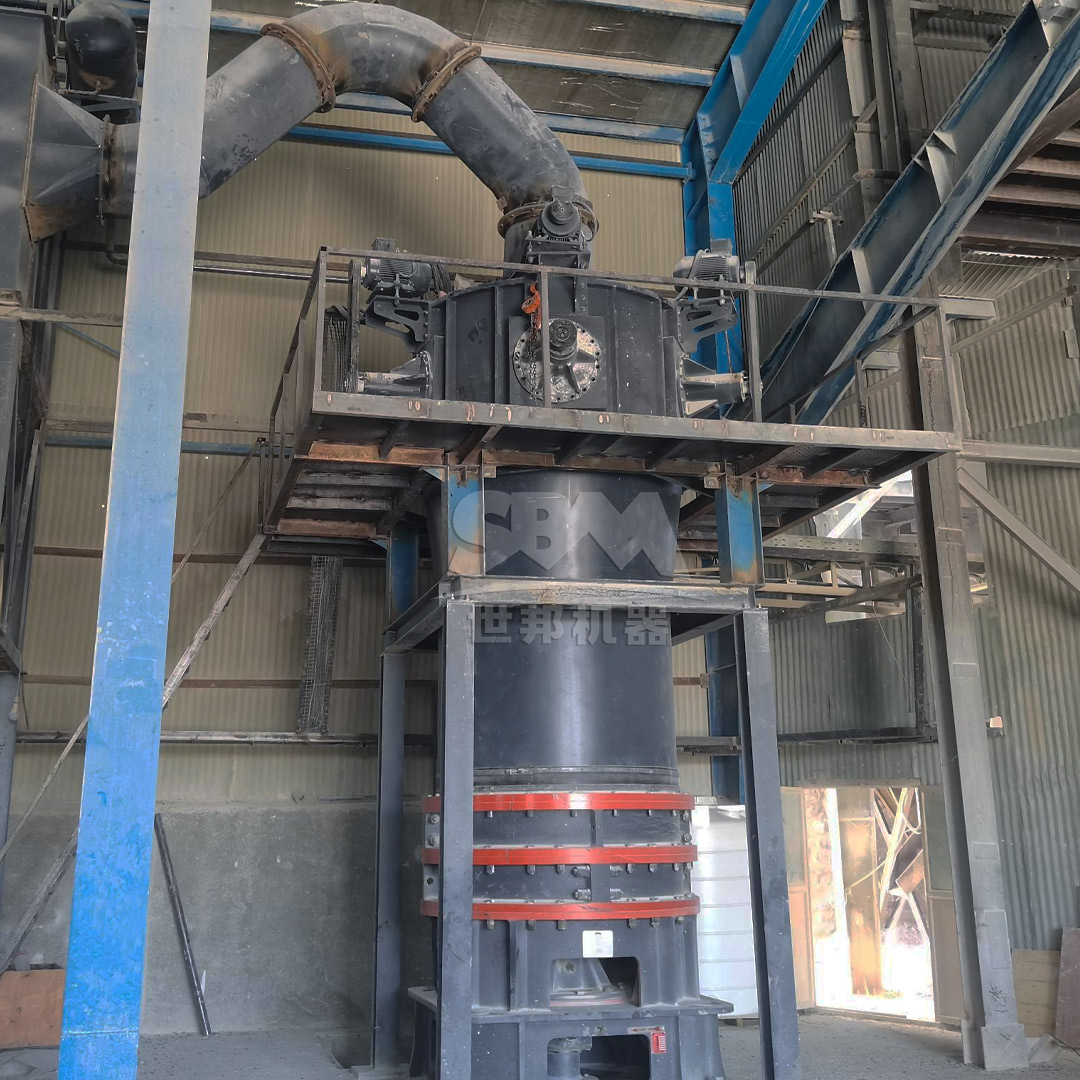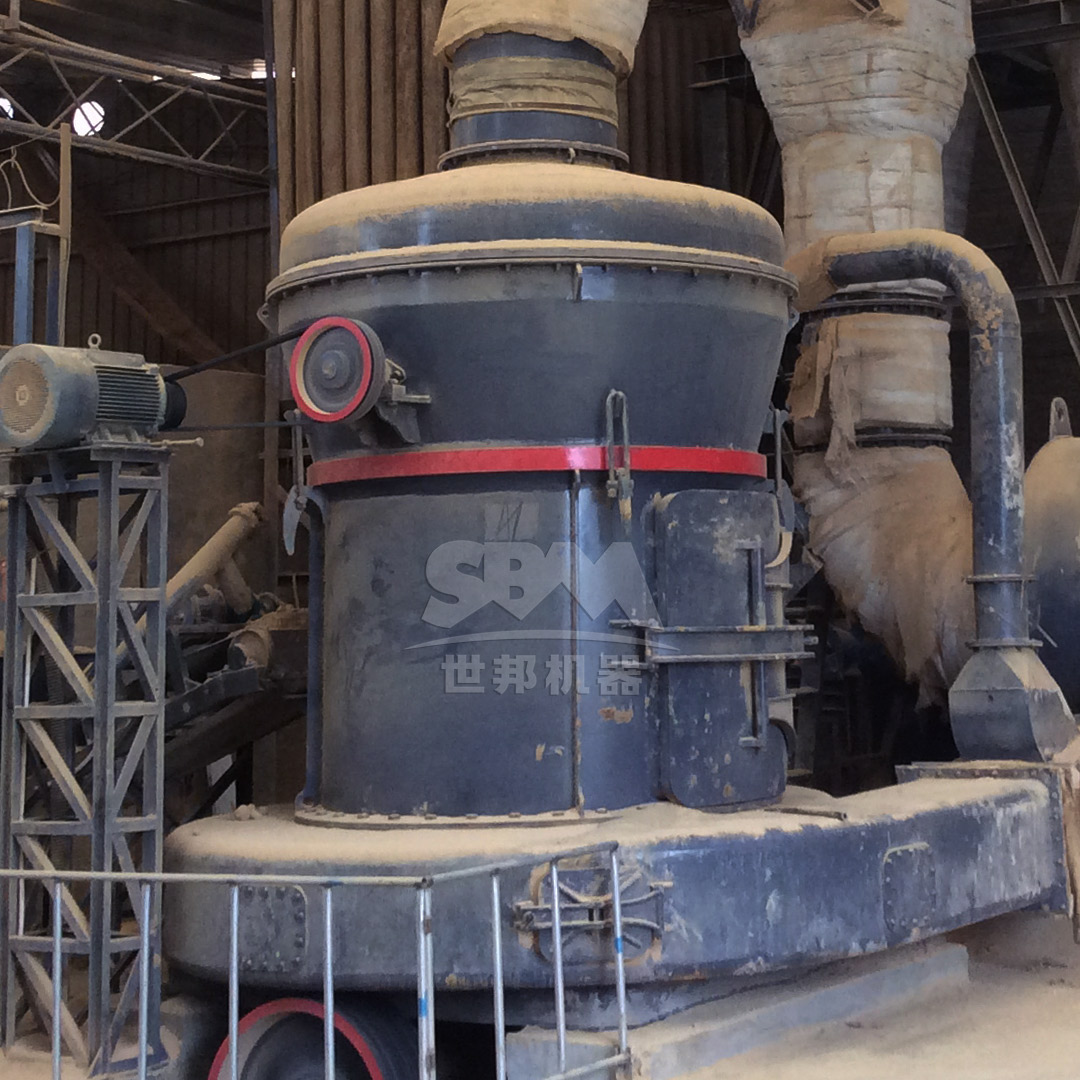The solar energy industry continues to evolve rapidly, with manufacturers constantly seeking ways to improve photovoltaic (PV) cell efficiency and reduce production costs. One critical component in this equation is ultra-fine quartz powder, which plays a vital role in several aspects of solar panel manufacturing. This specialized material, when processed to exacting specifications, can significantly enhance the performance and durability of solar modules.
High-purity quartz powder serves multiple functions in photovoltaic production:
| Application | Function | Required Particle Size |
|---|---|---|
| Silicon Ingot Crucibles | High-temperature resistant lining | D97 ≤ 10μm |
| Anti-reflective Coatings | Light trapping enhancement | D50 = 0.5-2μm |
| Encapsulant Materials | UV stabilization | 325-1250 mesh |
| Backsheet Reinforcement | Mechanical strength improvement | D90 ≤ 5μm |

To meet the stringent demands of photovoltaic applications, quartz powder must satisfy several critical parameters:
Producing quartz powder that meets solar industry standards requires advanced milling technology. Our SCM Ultrafine Mill series represents the state-of-the-art in quartz processing equipment, offering several distinct advantages for solar material production:
| Feature | Benefit | Impact on Solar Applications |
|---|---|---|
| Precision Classification | ±0.5μm consistency | Uniform AR coating performance |
| Low Iron Contamination | Special ceramic liners | Maintains high SiO₂ purity |
| Energy Efficiency | 30% lower than jet mills | Reduces powder production costs |
| Closed System Design | ISO Class 5 cleanliness | Prevents external contamination |

Our flagship SCM Ultrafine Mill (45-5μm) has become the equipment of choice for leading solar material suppliers due to its exceptional performance characteristics:
The mill’s vertical turbine classification system ensures precise particle size control critical for solar applications, while its modular design allows for quick changeover between different quartz grades.
A major polysilicon producer implemented our SCM1000 mill for crucible-grade quartz powder production, achieving remarkable results:

As solar cell architectures advance toward TOPCon and heterojunction designs, quartz powder requirements are becoming even more demanding:
Our MTW Series Trapezium Mill (600-45μm) complements the SCM series for applications requiring slightly coarser distributions, featuring:
The production of high-efficiency solar panels increasingly depends on precisely engineered quartz powders. By implementing advanced milling technologies like our SCM Ultrafine Mill and MTW Series Trapezium Mill, manufacturers can achieve the material specifications needed for next-generation photovoltaic devices while maintaining cost competitiveness. As the solar industry continues to push efficiency boundaries, the role of ultra-fine quartz powder will only grow in importance.